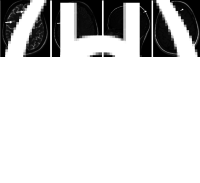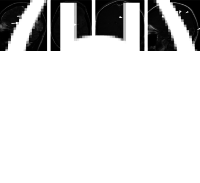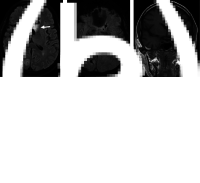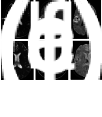Cerebral toxoplasmosis in HIV-infected patients over 2015-2018 (a case study of Russia)
- PMID: 32364106
- PMCID: PMC7374806
- DOI: 10.1017/S0950268820000928
Cerebral toxoplasmosis in HIV-infected patients over 2015-2018 (a case study of Russia)
Abstract
Cerebral toxoplasmosis is a leading cause of the central nervous system disorders in acquired immune deficiency syndrome. This study aimed to investigate the clinical course of cerebral toxoplasmosis in human immunodeficiency virus (HIV)-infected individuals. The study included 90 HIV-infected patients with cerebral toxoplasmosis, who underwent inpatient treatment. In case of positive enzyme immunoassay, HIV infection was confirmed with the immunoblot test. The HIV-1 ribonucleic acid level was determined using the polymerase chain reaction method. The flow cytometry was used for counting CD4 (cluster of differentiation 4 cells). Pathomorphological examination included the autopsy, gross and microscopic examination of internal organs, histological and other methods. The incidence of cerebral toxoplasmosis significantly increases at the CD4 count below 100 cells/μl, P < 0.001, and at the HIV viral load above 50 copies/ml, P < 0.05. The clinical picture of cerebral toxoplasmosis included focal symptoms, cognitive impairment, toxic syndrome, mild cerebral symptoms and a meningeal symptom. Given the absence of a specific clinical picture and the absence of abnormal laboratory and instrumental findings, the cerebral toxoplasmosis needs to be diagnosed with a number diagnostic methods combined: clinical examination, laboratory testing, immunological examination, molecular genetic testing and neuroradiological imaging.
Keywords: Cerebral toxoplasmosis; HIV infection; clinical picture; medical imaging; pathoanatomy.
Conflict of interest statement
None.
Figures







References
-
- Belyakov ON and Rassokhin VV (2019) Comorbid Conditions in HIV. Part II: Secondary and Concomitant Infections. St. Petersburg: Baltic Medical Education Center, pp. 252.
-
- Shelomov AS et al. (2017) Clinical and radiological characteristics of central nervous system lesions in HIV-infected patients. HIV Infection and Immunosuppression 9, 43–44.
-
- Shapshak P, Kangueance P and Fujimura RK (2011) Neurological manifestations of HIV infection. AIDS (London, England) 1, 3–21.
-
- Bicanic T (2009) Immune reconstitution inflammatory syndrome in HIV-associated Cryptococcal meningitis: a prospective study. Journal of Acquired Immune Deficiency Syndromes 51, 130–134. - PubMed
-
- Goncharov DB, Gubareva EV and Kobets NV (2012) Toxoplasmosis in HIV infection: invasion reactivation criteria. Zhurnal Mikrobiologii, Epidemiologii, i Immunobiologii 4, 88–92. - PubMed
MeSH terms
LinkOut - more resources
Full Text Sources
Medical
Research Materials

